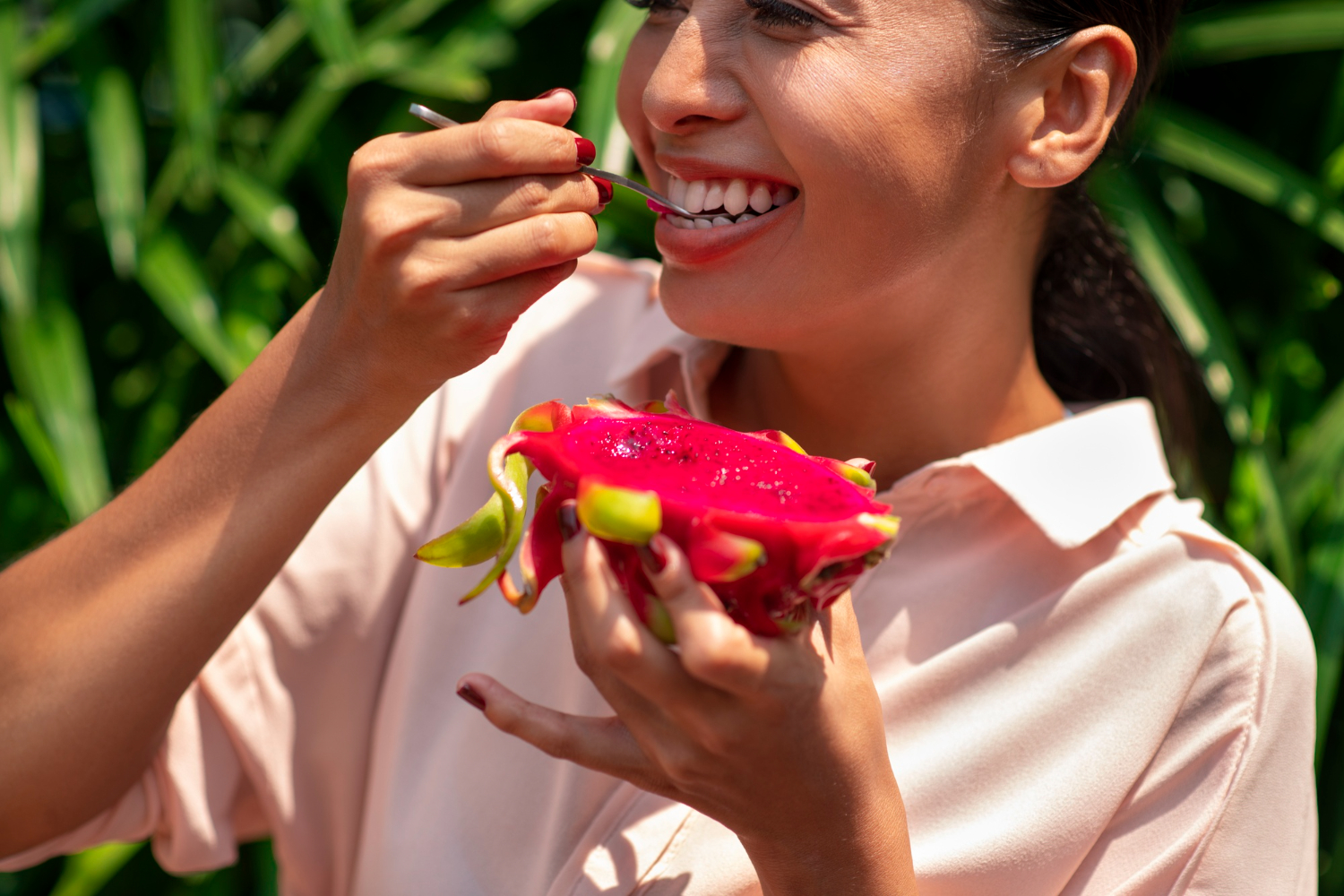On what ground in Spain should you plant the pitaya?
Dragon fruit plants prefer well drained soil, unfortunately in Spain you often have clayground which is not optimal for the plants. An option for this is to dig a small pit and make a mixture combined out of sand, charcoal and manure. You will put this in the small pit and put enough of the mixture in, so that the mixture will form a small mountain. Then you will put the Pitaya on the mountain, do not dig it in, the roots will then rot. Because of rain or wind the mountain eventually will sag. You want to prevent this by putting small stones around the hill.5 steps on how to plant Pitaya in Spain
- Step 1: Dig a small pit in the ground.
- Step 2: Make a mixture combined out of sand, charcoal and manure.
- Step 3: Fill enough of this mixture in the pit so that the mixture will form a small mountain.
- Step 4: Make sure you put the Pitaya cutting on top of the mountain, do not dig the plant in, the roots will then probably rot.
- Step 5: We do not want the mountain to sag too much so you want to prevent this by putting rocks on and around the hill.
Can you grow a dragon fruit plant without a tropical climate?
Based on what we noticed when growing dragon fruit in Spain, is that it is possible to grow the plant without a tropical climate. However you have to take a few things into account before you start planting. First of all the plants will need a lot of sunlight, preferably a minimum of 6 hours a day. However, if the sun is too hot, or the plant is too exposed to direct sun you will have the risk that the roots of the plant will dry out. The temperature in Spain can rise to a high temperature with a lot of sun during summer time. The plants will therefore need some kind of protection against the sun, something that will provide the plant shadow. Remember that the Pitaya plant is a climbing cacti and will need a support to grow up against. The most common is a sturdy wooden skeleton. It will provide the plant with the support it needs.Important note: A lot of people use tires but please don’t do this. The tire will get way too hot and is above all extremely toxic.





